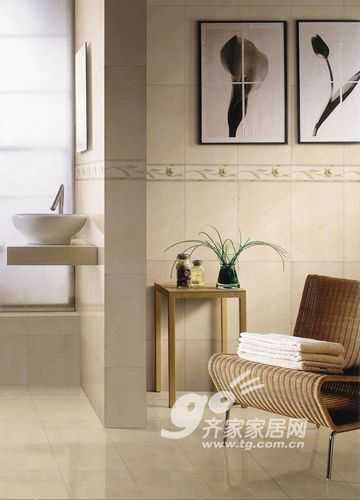With the increase in the size of ceramic tiles, the increase in the degree of surface vitrification, and the popularity of polished tiles, the problem of slippage in ceramic tiles has attracted increasing attention. The main reasons for the smoothness of the tile surface are: smooth brick surface, less ash seams on the brick surface, water stains when used, hard sandals, and sand.

Tao Yilang Ceramics Nobel Tiles Regal Residence Tiles
Ceramic tile selection and use should pay attention to the following points:
(1) Large size bricks, 400mm squares and 500mm square bricks are rarely used in residential buildings. There are optional 300mm square bricks for the elderly and young children, and polished tiles should not be used.
(2) Hospital wards, nursing homes, kindergartens, etc. are not suitable for large-size polished tiles;
(3) Bathrooms and kitchen floors often have water marks. It is not advisable to use smooth-surfaced ceramic tiles (such as polished tiles and crystal glazed tiles), and it is best to use non-slip tiles with bumpy and concave textures on the surface.
(4) Enter the house to change non-slip slippers (rubber or soft plastic bottom), both non-slip, and sanitary (do not bring outdoor dust into the room);
(5) Use anti-slip agents sold on the market, one is to paste anti-slip stickers, the other is to smear anti-slip layer;
(6) If you do not buy a satisfactory anti-slip agent and want to take anti-slip remediation measures, it is recommended to apply polyurethane or polyester varnish to the surface of the brick, which can be coated or spot-coated. Good patterned leaks must be painted over 3 passes to give the coating a wear-resistant thickness.
Links: Tile Lecture Hall - Antique Tiles and Glass Tiles
Tiles Residential Paints Antique Tiles Bathroom Tiles Bathroom Tiles Tile Tiles Kitchen Tile Tiles Specifications
Weld-Neck flanges or welding-neck flanges can be differentiated from all other types of flange by their long tapered hub. The Welding neck flanges is normally referred to as the high hub flange. It is designed to transfer stresses to the pipe, thereby reducing high stress concentrations at the base of the flange. A weld neck flange (also known as a high-hub flange and tapered hub flange) is a type of flange. There are two designs. The regular type is used with pipes. The long type is unsuitable for pipes and is used in process plant. A weld neck flange consists of a circular fitting with a protruding rim around the circumference. Generally machined from a forging, these flanges are typically butt welded to a pipe. The rim has a series of drilled holes that permit the flange to be affixed to another flange with bolts.
Welding Neck Flange,Welding Flanges,Butt Weld Fittings,ASME B16.5 Weld Neck Flanges
Shandong Zhongnuo Heavy Industry Co.,Ltd. , https://www.zhongnuoflanges.com